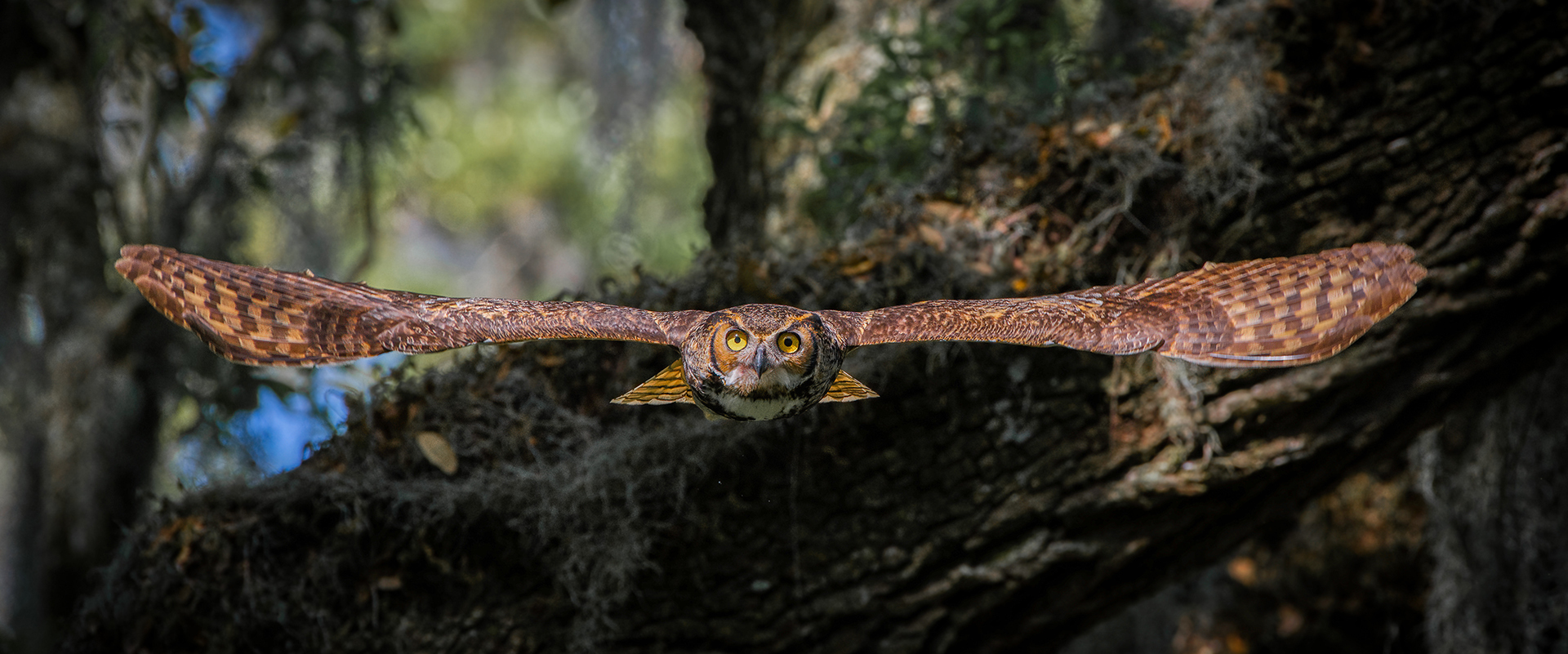
Article
130 reasons birdwatchers flock to Boston.
Boston is known for its historic landmarks, busy waterfront, bustling city streets, museums, hospitals, and universities. It’s also happens to be an excellent destination for bird watching, due to its surprising wealth of urban parks and green spaces. The abundant recreational areas intended by 19th-century city planners to attract citizens also attracts an incredible variety of avian life, and the best place to spot it is the Frederick Law Olmsted-designed Emerald Necklace, a seven-mile-long path winding through Boston's parks and natural areas. And when you stay at Newbury Guest House it’s a just short walk from our front door.
It's a scenic, tranquil escape – and home to more than 130 species of songbirds, waterfowl, and raptors. Some of the best places to see them along the trail are the 281-acre Arnold Arboretum (which offers guided bird walks), the 68-acre Jamaica Pond, Olmsted Park, the Back Bay Fens, and the Muddy River. Read on to learn about just a few of the Necklace’s feathered residents and check the Emerald Necklace Bird Club website for even more.
Great Horned Owls can be heard in Franklin Park, Forest Hills Cemetery, Arnold Arboretum, Jamaica Pond and even in some back yards. Being nocturnal, they’re harder to see, but old forest oaks and white pine groves offer the best opportunities. The owls snooze in pine trees during the day to avoid harassment by blue jays and crows.
Few birds rival the majestic appearance of the Great Blue Heron. Adult birds grow to four feet tall with a six-foot wingspan. You’ll find them in or near the water at Franklin Park, Arnold Arboretum, Jamaica Pond, Olmsted Park and the Muddy River hunting for fish, frogs, and mice. Catch them when they’re most active at either dusk or dawn.
Soaring Red Tailed Hawks can be observed throughout the Emerald Necklace from Boston Common to Olmsted and Franklin Parks, and watching adults teach their young to fly and hunt is one of the most spectacular sights you’ll ever see. Red tail feathers identify adult hawks, which grow to two feet in size with a four-foot wingspan. Identify juvenile hawks by their white and brown striped banded tail feathers and yellow eyes.
Beginning in September, flocks of 15 to 100-plus Cedar Waxwings pass through town on their way from Central America to Canada. About six to seven inches, they sport distinctive cinnamon plumage, a black face mask, crested head feathers and yellow- or orange-banded tailfeathers. Their wing feathers are tipped with red, which reminded early naturalists of the red wax used to seal letters. The little fellows are fun to watch and often eat so many berries that they become unable to fly. Waxwings also become intoxicated when the berries are fermented (no judgment here – Boston is a bar town, after all).
An even rarer visitor to the Emerald Necklace is the Indigo Bunting, but you might get lucky if you stake out Franklin Park during their May and October 6,000-mile migration periods. If you’re luckier still, you’ll catch them during their June/July breeding season when the males’ plumage is bright blue. Otherwise, they (and the females) are an ordinary brown with just a touch of blue on their feathers. Fun facts: Male Indigo Buntings have hundreds of different calls, but no actual blue pigment – their appearance is an illusion created by the diffraction of sunlight through their feathers. And they’re quite the travelers, learning as chicks to navigate by the stars during night migrations.
Though only ten percent of first-year Wood Ducks survive (they leave the nest a day after hatching), you can find them along the Muddy River as well as Leverett Pond and Jamaica Pond, nesting in tree cavities near the water. Adults are 18-22 inches with a two-foot wingspan and multi-colored feathers that belie their shy nature; look under vegetation overhanging the water where they tend to hide out and hunt for seeds, berries, aquatic plants, and insects. They were hunted almost to extinction by the 1890s but have made a comeback since the Federal Migratory Bird Treaty Act of 1918 regulated duck hunting. Wood Duck aliases include summer duck, tree duck, Carolina duck, squealer, and aix sponsa, the last translating to “waterbird in bridal dress.”
Search the trees overhanging Emerald Necklace ponds and streams at dawn or dusk in the summer months for Eastern Kingbirds; you’ll know it by its white tail band, blue-black back and wings and white throat, breast, and belly feathers (look closely and you might also glimpse its usually hidden crown of red head feathers). If you’re here in June, you may catch them during courtship, where males do their best to impress with spectacular arial dives and loud serenades.
Finally, we’d be shamed out of town if we didn’t mention the Black Capped Chickadee (a.k.a. titmouse, tomtit, dickybird), adopted by the Massachusetts Legislature as the official state bird in 1941. Somewhat mysteriously, the Legislature provided no reason for their selection, but the working theory is the tiny black and white bird with the oversized head won out by sheer cuteness and personality, openly and enthusiastically approaching humans. Whatever the reason, it’s settled cottonwood groves, open woods, and willow thickets throughout the state and in the Emerald Necklace, serenading all comers with its cheerful trills.
The winged lineup above is just a fraction of the species you’ll find in Boston, and right in Newbury Guest House’s backyard. Whether you’re a dedicated birdwatcher or visiting on other business, you won’t regret packing sneakers, binoculars and a camera and spending a couple hours communing with your new collection of feathered friends.